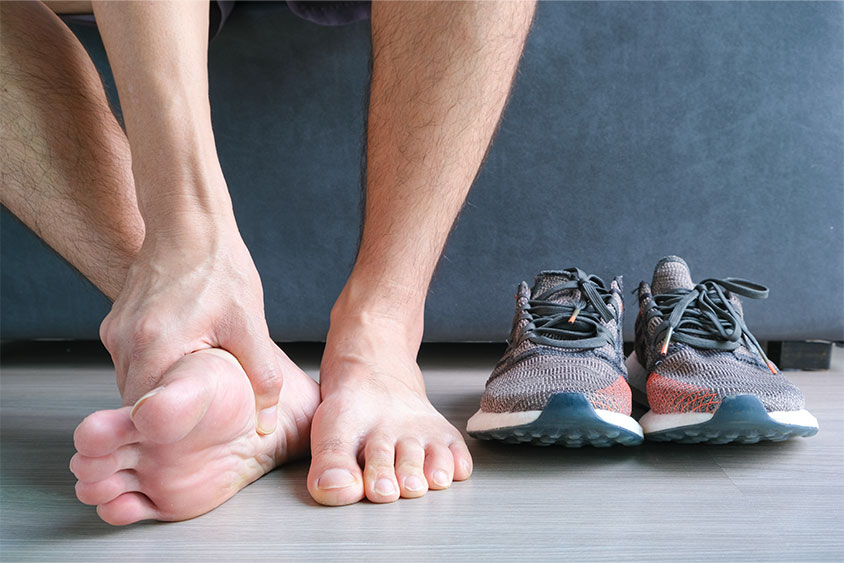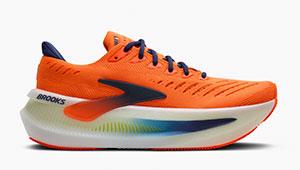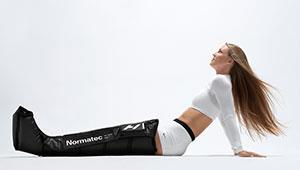
Plantar fasciitis is a common foot condition characterized by inflammation of the plantar fascia—a thick band of tissue that runs along the bottom of the foot. It often causes heel pain and stiffness, especially with the first steps in the morning or after prolonged periods of rest. While professional treatment from a healthcare provider may be necessary for severe cases, there are several things you can do at home to manage plantar fasciitis symptoms and promote healing. Let's explore some effective home remedies to alleviate pain and discomfort associated with this condition.
Why Trust Us?
ACTIVE.com's editorial team relies on the knowledge and experience of fitness and wellness experts including competitive athletes, coaches, physical therapists, nutritionists, and certified trainers. This helps us ensure the products we feature are of the highest standard. Collectively, the team has spent countless hours researching equipment, gear, and recovery tools in order to create the most accurate, authentic content for our readers. Customer satisfaction is also a key part of our review process, which is why we only feature products that are highly rated.
-
Stretching Exercises: Stretching exercises can help alleviate tension in the plantar fascia and calf muscles, reducing pain and improving flexibility. Try incorporating the following stretches into your daily routine, especially before getting out of bed in the morning or after prolonged periods of sitting:
- Plantar Fascia Stretch: Sit down and cross one foot over the opposite knee. Using your hand, gently pull back on the toes of the crossed foot until you feel a stretch along the bottom of the foot.
- Calf Stretch: Stand facing a wall with one foot forward and the other foot back. Keep both heels flat on the ground and bend the front knee while straightening the back knee, feeling a stretch in the calf muscle of the back leg.
-
Ice Therapy: Applying ice to the affected area can help reduce inflammation and alleviate pain associated with plantar fasciitis. Fill a plastic water bottle with water and freeze it. Roll the frozen bottle under your foot for 10-15 minutes at a time, several times a day. Alternatively, you can use a store-bought ice pack or a bag of frozen peas wrapped in a thin towel.
-
Supportive Footwear: Wearing supportive footwear with cushioned soles and good arch support can help relieve pressure on the plantar fascia and provide additional comfort. Look for shoes with a low to moderate heel and adequate arch support, and avoid wearing worn-out or unsupportive footwear.
-
Night Splints: Night splints are devices worn while sleeping to keep the foot in a dorsiflexed position, stretching the plantar fascia and calf muscles overnight. This can help reduce morning pain and stiffness associated with plantar fasciitis. You can purchase night splints online or at medical supply stores, or ask your healthcare provider for recommendations.
-
Massage Therapy: Regular massage of the plantar fascia and surrounding muscles can help reduce tension, improve circulation, and alleviate pain. Use your fingers, thumbs, or a massage ball to gently massage the bottom of your foot, focusing on the area near the heel and arch.
- Maintain a Healthy Weight: Excess weight can exacerbate symptoms of plantar fasciitis by placing additional strain on the feet. If you're overweight or obese, losing weight through a combination of diet and exercise can help reduce pressure on the plantar fascia and improve symptoms.
In conclusion, while plantar fasciitis can be a painful and debilitating condition, there are several effective home remedies you can try to manage symptoms and promote healing. By incorporating stretching exercises, ice therapy, supportive footwear, night splints, massage therapy, and maintaining a healthy weight, you can find relief from plantar fasciitis discomfort and prevent future flare-ups. However, if your symptoms persist or worsen despite home treatment, it's essential to consult with a healthcare provider for further evaluation and personalized treatment recommendations.
Check Out The Latest HOKA Running Shoe Deals on Amazon
By clicking on the product links in this article, we may receive a commission fee at no cost to you, the reader. Sponsorships and affiliate commissions help support our research so we can help you find the best products. Read full affiliate disclosure here.
About the Author

Stephen is the editor-in-chief of ACTIVE.com. He has been involved in the fitness industry for over twelve years but has been running or playing sports for most of his life.
Get ACTIVE on the Go


Couch to 5K®
The best way to get new runners off the couch and across the finish line of their first 5K.
Available for iOS | Android



Discuss This Article